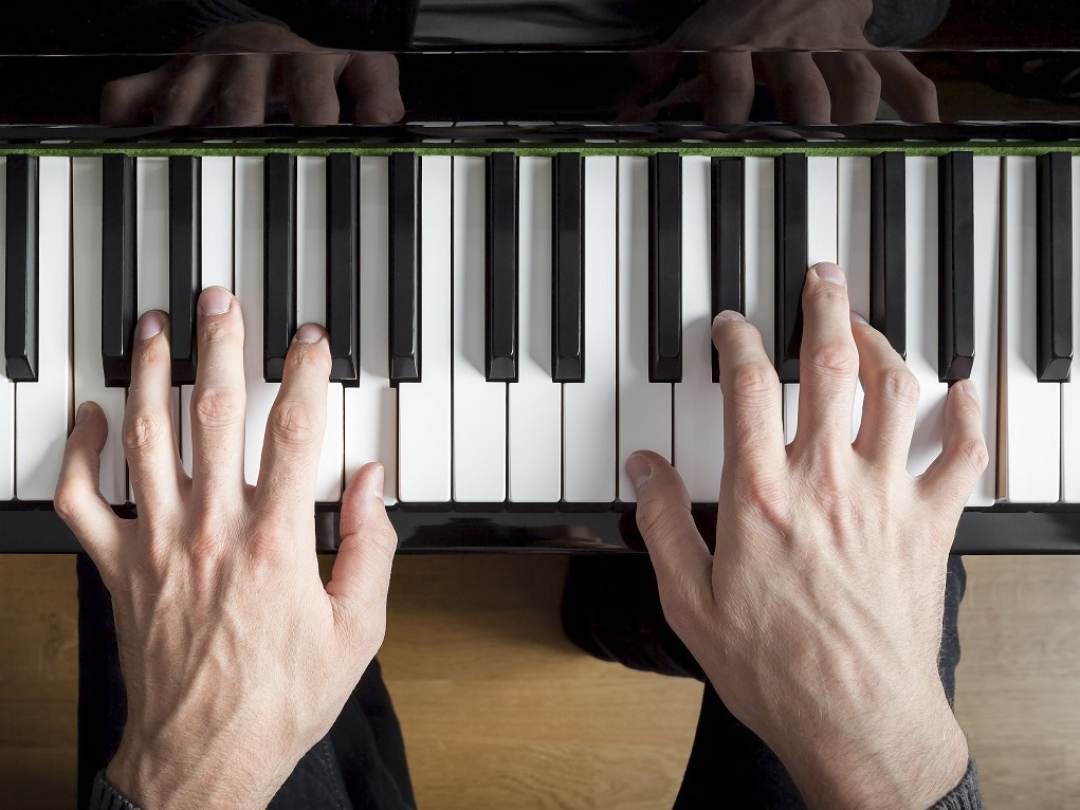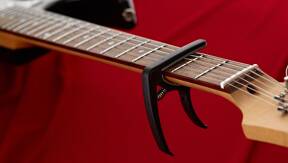One of the main difficulties for beginner musicians that is common no matter the instrument is the independence of the limbs. We've all experienced it, this propensity that has our limbs (and feet for drummers and eccentric pianists and contortionists) to move in and out or rhythm.
The right direction
In the beginning, limb coordination requires a real mechanical effort from the brain and it’s easy to quickly feel impeded in progression. This can likely be explained by the fact that our brain is not made to handle two different things at a time. Without prior training, a musician will focus on one hand then the other. Like a baby who is learning to walk, independence of the fingers is not innate. This obstacle can be overcome but it takes methodology and ... time as it can require months or years depending on the musician (just as a child will grow up and eventually run without thinking, soon the child will be a teenager and will text while walking without thinking and so on :))
Out of sync or coordinated?
We often talk about desynchronization, or independence of the parts of the body, but these terms seem to assume that one works without the other, and this is not quite what a musician should be after. In the case of drums, for example, each body part ensures a constituent element of a whole: the rhythm. For example, the bass drum will mark the highlights 1 and 3, when the snare drum ensures the mishaps 2 and 4, that the charley will be struck at the same time as the that snare, etc. Don't consider your limbs as horses equipped with blinkers that advance at their own rhythm, one at a trot, another at a gallop, etc. Rather, think of your limbs as a coordinated team.

An exercise that'll drive you crazy
Let's start with a simple exercise, for all levels and no matter the instrument. Chances are it’ll remind you of a childhood game. Place your left hand over your head and the right one at level of your belly. The left hand should make a circular motion clockwise while the right hand turns in reverse. Not so simple, huh... Once you can keep up the pace without any hiccups, reverse it. Change it up more and more quickly, counting up to 10 at first, then 9, then 8, and so on.
Piano, pianissimo
Now let's try a simple exercise with separate hands. If you are a pianist, practice with your right hand on an easy melody, preferably with simple intervals and the same distance between each finger for example. Then with your left hand, play some cover notes for this melody. Simplify it to the maximum, even if that means only playing one or two side notes). When you have each in mind and you can play them almost instinctively, join both hands, progressively. The idea is to bypass the difficulty of coordination by the automatism created by repetition.

Another simple exercise is to play with your hands together, that is to say the same thing with each hand, a range for example. This will allow you to loosen your fingers as you go. Next, play the right hand alone. Then add the left hand but overlap on some notes only.
Another type of practice to be performed regularly is that of the shift: play a range beginning with a note in the left hand, and the same with the right hand, the next from the left, the same from the right, etc., until the end from the range.
Juggle from one hand to another
If you're a bassist or a guitarist, try playing something simple that you can easily master, like a major pentatonic scale. Play it very slowly, but only with the left hand. Use the right hand to mutate the strings. Take the time to dissect each move from one note to another and to anticipate transitions. Start at 60 bpm and slowly increase the speed. Not too fast though. Progress with each level, without skipping one and making sure to master the exercise at a certain speed before moving on to the next stage.
Then, move to the right hand. The left, this time, should not move. You should be focusing on the rhythmic pattern you have chosen and skipping chords. Only once you have the movement ingrained in your head should you can combine your two hands.

Octopus man or Shiva of the barrels
The drummer is more than likely the first person concerned by the issue of separate limbs. Rest assured, drummers are made like any other human being, and while they do not have a brain in every limb, they know better than any other musician how to intentionally manipulate their limbs.
To get your drummer brain to handle so much information, go slowly and gradually. Do not try to attack all of your kit elements at once. Start with a rhythm that you would perform from your guiding hand: right hand if you are right-handed, or the one that normally manages the hi-hat. Concentrate only on one rhythmic sequence, without variation, then repeat at will. Next, add your left hand when you feel confident. Go further by tackling the right foot and finally the left. Make sure to analyze all interactions: what things happen simultaneously, are there any inappropriate shifts, irregularities?
Don’t hesitate to also work your limbs in pairs: right hand / right foot, left hand / left foot, etc.
For all of these exercises, play very, very slowly to be fully aware of what each of your two hands or feet are doing. Remember, there is no point in running. You must first know how to walk.



